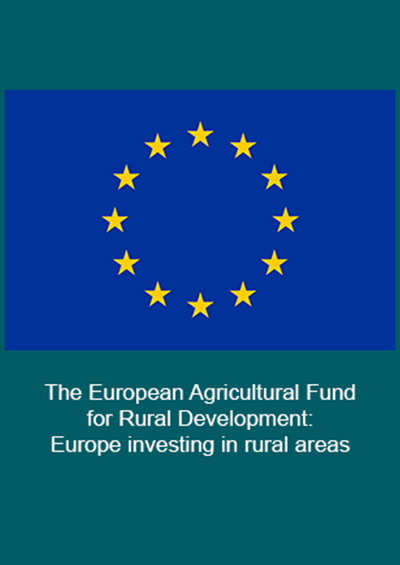Great Bustard
(Otis tarda)
Once native to the UK, Great Bustard require open, flat or somewhat rolling landscapes, usually with a mixture of crops such as cereals, vineyards, fodder plants, and grassland areas. Areas with little or no disturbance which have an abundant supply of insects are required for successful breeding. Here at WWR we are working with the Great Bustard Program in the hope of re-introducing this species back into the Norfolk area where the last one was shot out in 1832.
Threats to species:
Great Bustard’s numbers are now in serious decline throughout Europe, mainly due to their habitat degradation, fragmentation and loss due to agricultural intensification, land-use changes and infrastructure development which has the potential to increase following land privatisation.

MEET THE ANIMALS
Conservation Today for Wildlife Tomorrow
Watatunga Wildlife Reserve, Watlington Road, King’s Lynn, Norfolk, PE33 0RG
































